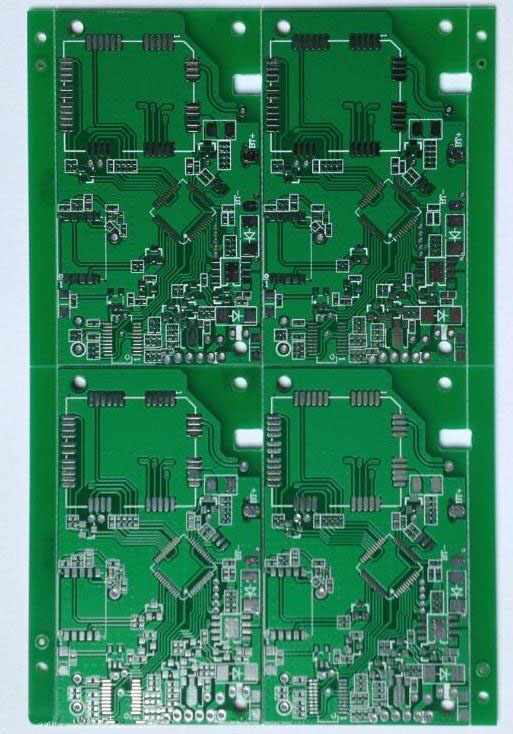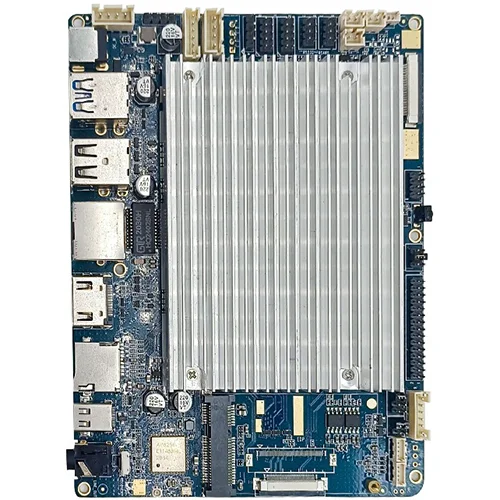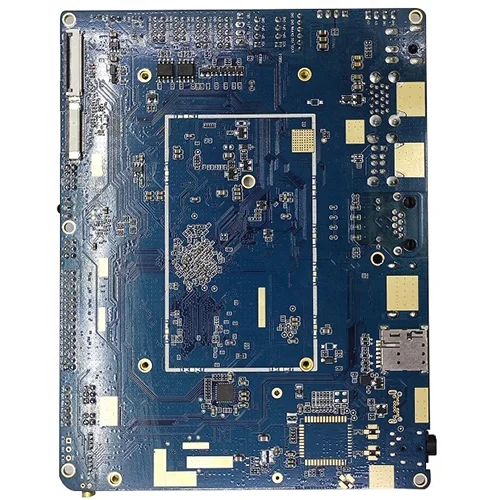Vending Machine PCB Assembly
Name: Vending Machine Motherboard PCB Assembly
Substrate: FR-4/High TG/Polyimild/PTFE/Rogers
Copper Thickness: 1/3OZ- 6OZ
Plate thickness: 0.21-6.0mm
minute. Hole size: 0.20mm
minute. Line width: 4 million
minute. Line spacing: 0.075 mm
Surface treatment: spray tin/gold drill/OSP/lead-free spray tin
Board size: minimum 10*15mm, maximum 508*889mm
Product Type: OEM&ODM
PCB standard: IPC-A-610 D/IPC-III standard
Certificate: ISO9001/ CE//TUV/ ROHS
Warranty: 1 year
Service: One-stop turnkey service
Electronic testing: 100%
Logistics: Air/Sea
Vending machine, the English name (Vending Machine, VEM), is a machine that can automatically pay according to the money put in. Vending machines are commonly used equipment for commercial automation. They are not limited by time and place, and can save manpower and facilitate transactions. It is a brand-new form of commercial retail, also known as a 24-hour micro supermarket. Common vending machines are divided into four types: beverage vending machines, food vending machines, integrated vending machines, and cosmetic vending machines.
History
In the 1st century AD, the device for automatically selling holy water made by the Greek Hiero was the earliest vending machine in the world. In 1925, the United States developed a vending machine for selling cigarettes. Since then, various modern vending machines for selling stamps and tickets have appeared. The types, structures and functions of modern vending machines vary according to the items sold, mainly including vending machines for candies, drinks, newspapers, etc. A general vending machine consists of a coin device, an indicating device, a storage and vending device, and the like. The coin device is the core of the vending machine. Its main function is to confirm the authenticity of the coins put in, sort the types of coins, and calculate the amount. If the amount invested reaches the value of the purchased item, a sell signal will be issued and the remaining money will be found. The indicating device is used to indicate the type of commodity selected by the customer. The storage and sales device stores the commodities, receives the sales instruction signal, and delivers the commodities selected by the customer to the delivery port. The coin device of a general vending machine is composed of a coin slot, a sorting device, a checking device for confirming the authenticity of coins, a calculating device for calculating the amount, and a money changing device. Since the 1970s, there have been various new vending machines controlled by microcomputers and larger-scale unmanned vending systems that use credit cards instead of coins and are connected to computers, such as automatic ticket vending and ticket inspection systems in unmanned shopping malls and stations. , bank cash automatic payment machines, etc.
Vending machines are a brand-new form of commercial retail, which developed from Japan, Europe and the United States in the 1970s. It is also known as a 24-hour micro supermarket. In Japan, 70% of canned drinks are sold through vending machines. Coca-Cola, a world-renowned beverage company, has 500,000 beverage vending machines all over the world.
There are a total of 5.5 million vending machines (according to 1998 statistics) all over Japan, with sales of 6.89 trillion yen, ranking first in the world. Operate on the display screen of the vending machine, enter the product number and purchase quantity, and put in coins, the product will come out from the pick-up port, and you can even buy hot noodles and rice balls from the food vending machine. Although the total number of vending machines in Japan is lower than that of the United States (6.89 million according to statistics in 1997), it is the highest in the world in terms of population. The average number of vending machines in the United States is 35, while Japan is 23. People occupy one.
In the 17th century, cigarette vending machines were installed in British pubs. In the long history of vending machines, Japan developed practical vending machines after entering this century. The first automatic vending machine in Japan was the "stamp and postcard automatic vending machine" that came out in 1904. It is a machine that integrates the sale of stamps and postcards and posting letters in the mailbox. The real popularity of vending machines was after World War II. In the 1950s, the "water spray type juice vending machine" became very popular, and the juice was poured into paper cups for sale. Later, due to the entry of major American beverage companies into the Japanese market, in 1962, there was a revolution in the distribution field with vending machines as the main body. In 1967, all currencies under 100 yen were changed to coins, which promoted the development of the vending machine industry.
Main application
Basic function
Credit card shopping
With the support of the network environment, it has a variety of electronic payment functions, such as credit card, stored value card, mobile phone card and other card consumption.
Currency identification
The electronic control system can cooperate with the banknote and coin validator to increase the voucher function, which can recognize paper and coin type vouchers.
Data download
Applying USB technology, using a USB flash drive, you can easily download the operation information of the vending machine, and then use the PC to process the downloaded data, which is convenient for operators to grasp the sales situation of different regions, different machines, and different commodities.
Special function
Network operation
The current operation data of the vending machine, including system status, system failure, feeder failure, out-of-stock situation, and sales data, are wirelessly transmitted to the vending machine network server through the GPRS module installed on the vending machine. The information of the vending machine can be mastered on the networked computer, and the large-scale operation and network management of the vending machine can be realized.
Mobile shopping
The vending machine system is connected with the mobile POS module system to realize the read and write operations on the 2.4GHZ RFSIM card launched by China Mobile, and complete the mobile phone shopping function of China Mobile.
Multimedia display
Using LED display and multimedia display technology, the vending machine system is connected with the PC system, so that consumers can purchase the products of the vending machine through the touch screen controlled by the PC, which not only replaces the selection buttons, but also enables the vending machine to have a media function.
Self-service payment
The ATM machine system is embedded in the vending machine, so that the vending machine can be used as a mobile and financial terminal device to realize self-service payment services.
Prospects
The automatic vending coffee machine is a coffee beverage vending machine that can dispense hot and cold coffee as well as milk tea and juice beverages at the same time, which is time-saving, convenient and quick. It can be used as an investment or as an employee benefit.
From the perspective of the development trend of vending machines, its appearance is the product of the transformation from a labor-intensive industrial structure to a technology-intensive society. Large-scale production, mass consumption, changes in consumption patterns and sales environments require the emergence of new distribution channels; in contrast, the emergence of new distribution channels such as supermarkets, department stores, and shopping centers will increase labor costs; coupled with site limitations As well as the constraints of these factors such as the convenience of shopping, unmanned vending machines came into being as a necessary machine.
In a broad sense, it is a machine that sells goods by inserting coins, banknotes, credit cards, etc. In a narrow sense, it is a machine that sells goods automatically. From the perspective of supply conditions, vending machines can fully supplement the shortage of human resources and adapt to changes in the consumption environment and consumption patterns. The 24-hour unmanned vending system can save labor, and requires less capital and a small area for operation, which is attractive. People buy curiosity's own performance, which can well solve the problem of rising labor costs and other advantages.
The vending machine industry is moving towards informatization and further rationalization. For example, the online mode is implemented, and the inventory information in the vending machine is transmitted to the computers of each business point in a timely manner through the telephone line, thereby ensuring the smooth progress of product delivery, replenishment and product selection. Moreover, in order to prevent global warming, the development of vending machines is devoted to energy saving, and energy-saving refreshing beverage vending machines have become the mainstream of this industry. During peak power consumption in summer, this type of vending machine can keep low temperature even with the cooler turned off, and it can save 10-15% of electricity compared with previous vending machines. When entering the 21st century, vending machines will also further develop in the direction of resource and energy saving and high functionality.
A vending machine is a machine that can automatically pay according to the coins put in. Vending machines are common equipment for commercial automation. They are not limited by time and place, can save manpower and facilitate transactions. It is a new form of commercial retail, also known as a 24-hour micro supermarket. It can be divided into three types: beverage vending machines, food vending machines, and comprehensive vending machines.
Automation is the future development trend, whether it is manufacturing, service or retail. We will all see more devices replacing humans. Under such a big trend, the future of the vending machine industry is bright.
The "2013-2018 China Vending Machine Market Research and Development Prospect Forecast Report" released by Zhiyan Data Research Center has twelve chapters. Firstly, it introduces the operation status of the world's vending machine industry and the operating environment of China's vending machine industry, then analyzes the current status of China's vending machine industry, and then introduces the market competition pattern of China's vending machine industry. Subsequently, the report analyzed the operating conditions of key enterprises in China's vending machines, and finally analyzed the development prospects and investment forecasts of China's vending machines industry.
Kingford provides Vending Machine PCB Assembly services. This is a PCBA one-stop assembly factory with senior industry experience. Welcome to inquiry.

Name: Vending Machine Motherboard PCB Assembly
Substrate: FR-4/High TG/Polyimild/PTFE/Rogers
Copper Thickness: 1/3OZ- 6OZ
Plate thickness: 0.21-6.0mm
minute. Hole size: 0.20mm
minute. Line width: 4 million
minute. Line spacing: 0.075 mm
Surface treatment: spray tin/gold drill/OSP/lead-free spray tin
Board size: minimum 10*15mm, maximum 508*889mm
Product Type: OEM&ODM
PCB standard: IPC-A-610 D/IPC-III standard
Certificate: ISO9001/ CE//TUV/ ROHS
Warranty: 1 year
Service: One-stop turnkey service
Electronic testing: 100%
Logistics: Air/Sea




